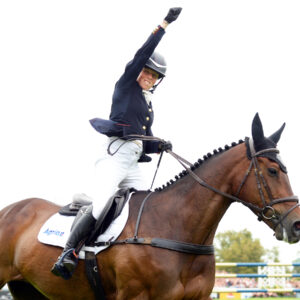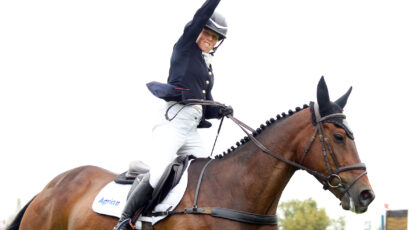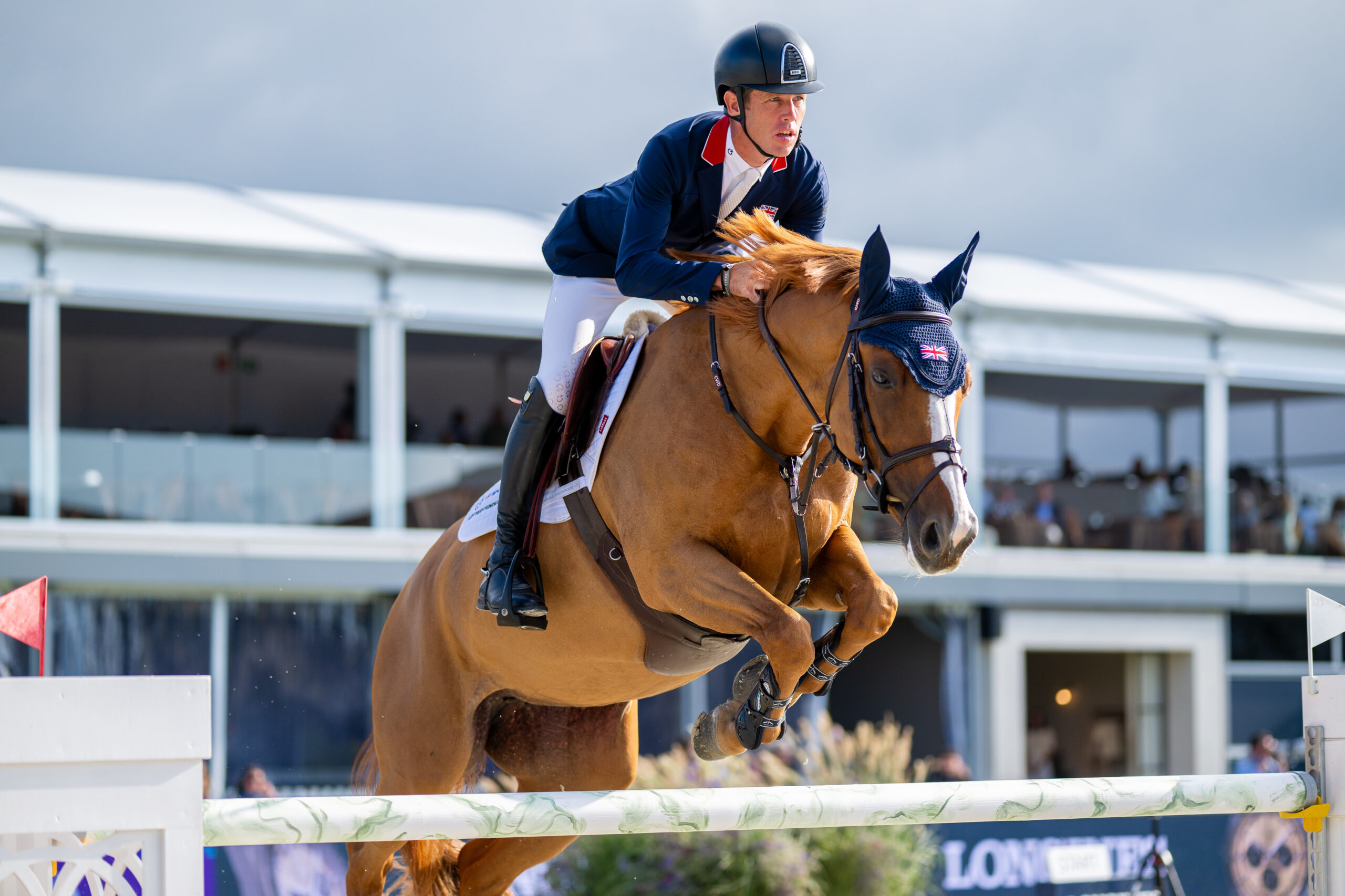A friend of mine texted me the other day, “Why are they called field boots, dress boots and paddock boots?”
Fair question. Why are they called field boots?
And so, as the resident #horsewordnerd, I set out to find the answer.
Tall boots
This is an umbrella term we have given to our tall riding boots, which I feel needs no further explanation.
We wear these boots not only because they look amazing and we feel cool walking around in them, but also and probably mainly, because they prevent our calves from getting hideous rubs from the saddle and/or stirrup leathers.
Riding boots have been around since the 400s, but their popularity grew in the 1800s as they were in high demand for the military. And depending on which military and which century we are talking about, the boot design, as it is now, was ever-changing. Some boots were very tall going halfway up the thigh, other’s such as the Hessian boot with the decorative tassel were shorter only going three quarters of the way up the calf.
Though the styles differed greatly, the function and purpose of the boots remain the same: don’t get your foot stuck in the stirrup and protect your precious calves.
The riding boots we wear today all stem from the military boots of centuries ago, most notably the Hessian boots and the popularity of the Duke of Wellington, the man behind Wellies and also, if you can stretch your imagination this far, cowboy boots.
There have been impressive changes in riding boots over the centuries. Zippers have replaced boot pulls, Spanish topline cuffs trump straight-cut cuffs, rhinestones out dazzled tassels, a snug fit eliminated the garter strap and swagger tabs deleted bootstraps. It’s a whirlwind of change but we have, as all those before, embraced it.
Under this umbrella of the ever-changing tall boots, we have a myriad of types, of which I will discuss a few.
First up, and my favorite…

Field boots
I’ve always fancied the look of field boots. There’s just something about the laces that gives them a certain appeal. But why such a strange name for a boot style? The answer is, as usual, simple.
Field boots were worn by field-ranked officers or higher, hence the name. Field ranking is, by the way, a senior military officer of Major, Lieutenant Colonel or Colonel.
The idea behind the laces, from what I can ascertain, was to allow more freedom for ankle movement but also for easy removal at the end of a long day but also when an emergency calls for a quick undressing.
The laces were specifically tied in a horizontal fashion so one swift slice with a knife would unlace the boot and the wounded leg could be extracted with ease, or at least that was the idea. Needless to say, these boots were designed with the idea of war and injury in mind.

Tan-Top Boots
These are the boots you see men wearing while out foxhunting, and foxhunting, apart from many other things, is all about tradition.
In the book The Whole Art of Dress, written “By A Cavalry Officer” in 1830, it said that these boots were of sporting fashion. The only difference between these boots and the Hessian boots was the tops. They were routinely worn by jockeys, grooms and butchers, but noblemen and gentlemen did slide a pair on when they were to go out foxhunting.
At one point in history, though I struggle to find which point, Tan-Top Boots, also known as simply Top Boots, had the unique feature of having a folded-down cuff, just below the knee, which revealed a tan color.
Which boot came first, I don’t rightly know.

Dress Boots
All these years I thought dress boots were the same as dressage boots and we’d gotten lazy and clipped the “age” off “dress.” Turns out, I was wrong. Nonetheless, I shall not let my shame prevent me from carrying on.
I suspect the dress boot is a direct descendant of the Hessian boot, though again I have no supporting material for this. When it came time for fancy dinners it was the dress boot that you were after, if you were a man that is.
In the 1830s, this was a new trend. The beauty of the dress boot rather than the dress shoe was that you, a distinguished gentleman of note, no longer needed to wear stockings because you could slip into a pair of pants and your feet would still cut the same figure. Pants would not only cover the top part of the boots but often hung to the floor, availing the shorter men the opportunity to wear a three-inch heel, giving the illusion of height. Prince, as in Purple Rain, wore them in the 1980s!
Dress boots have a dressier appearance than the workman look of the field boot. Today, however, they are essentially the same thing only without the laces. They are soft and supple allowing you to ride with a shorter stirrup with ease, which is why they are often seen in the hunter/jumper and event worlds, along with field boots.
Well…
I only managed to uncover the history of three types of boots. I will say there is a lot of contradictory information out there regarding the riding boot, which I find odd, but such is life. I shall endeavor to get to the bottom of why we call them paddock boots, how dressage boots came to be so rigid and likely something else.
Until then, enjoy your tall boots.
Sources:


 February 7, 2024
February 7, 2024 

























